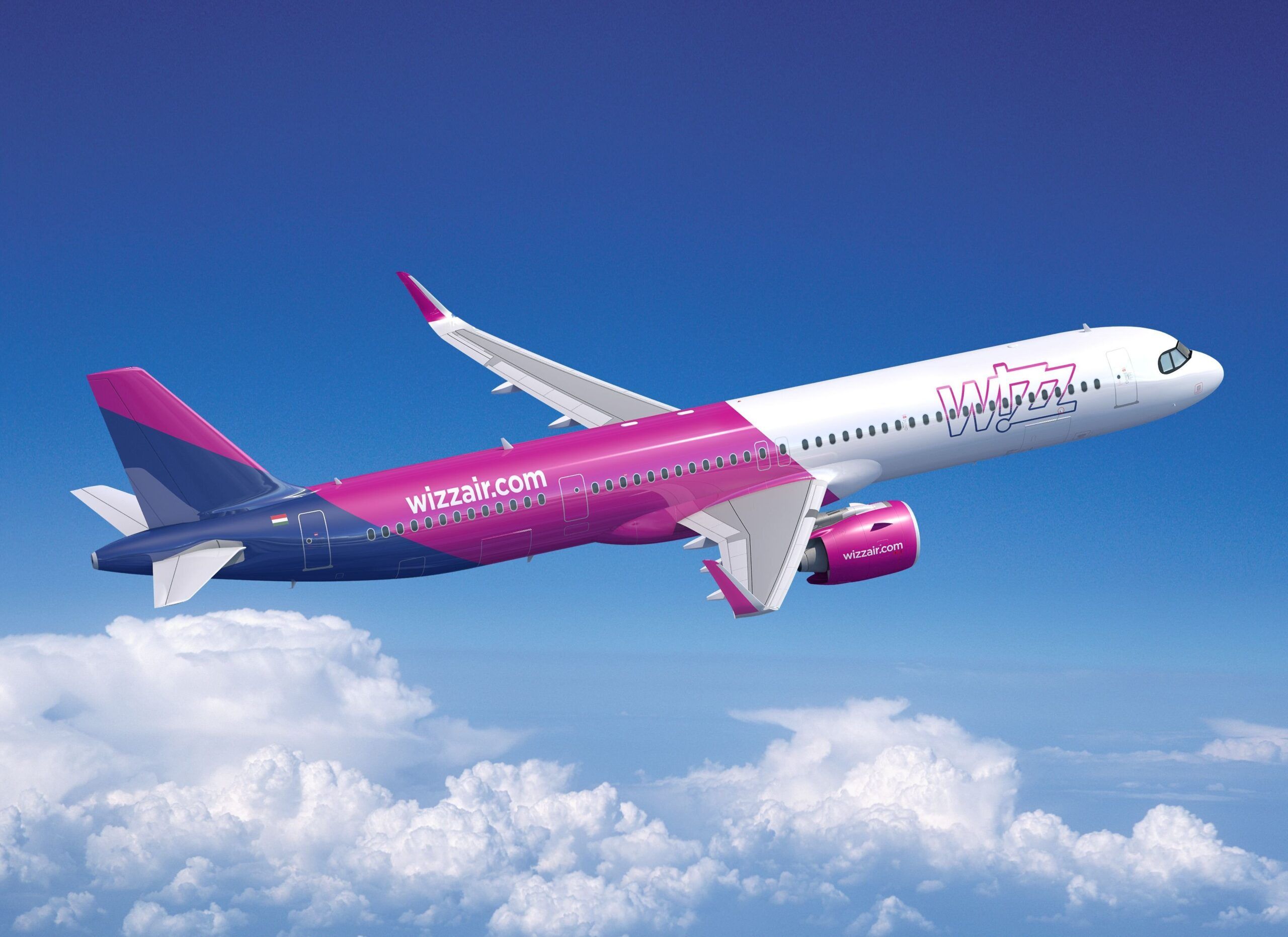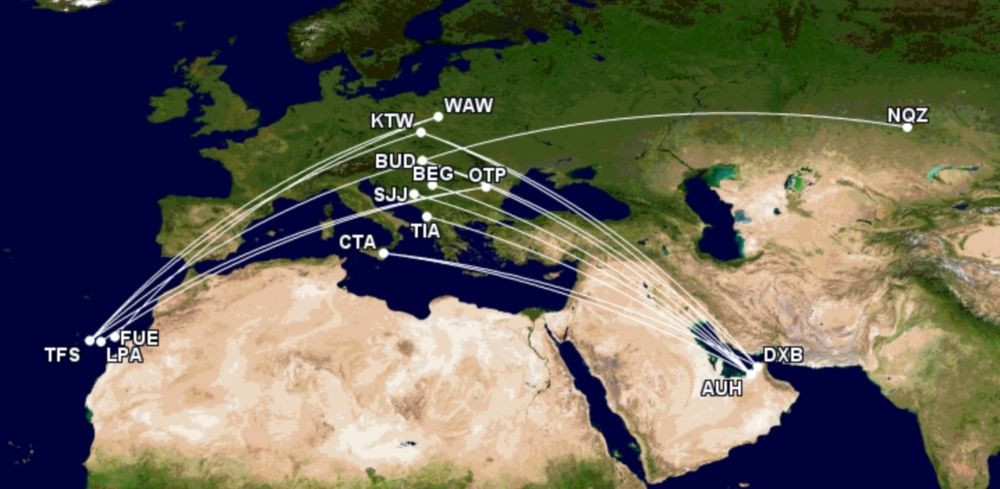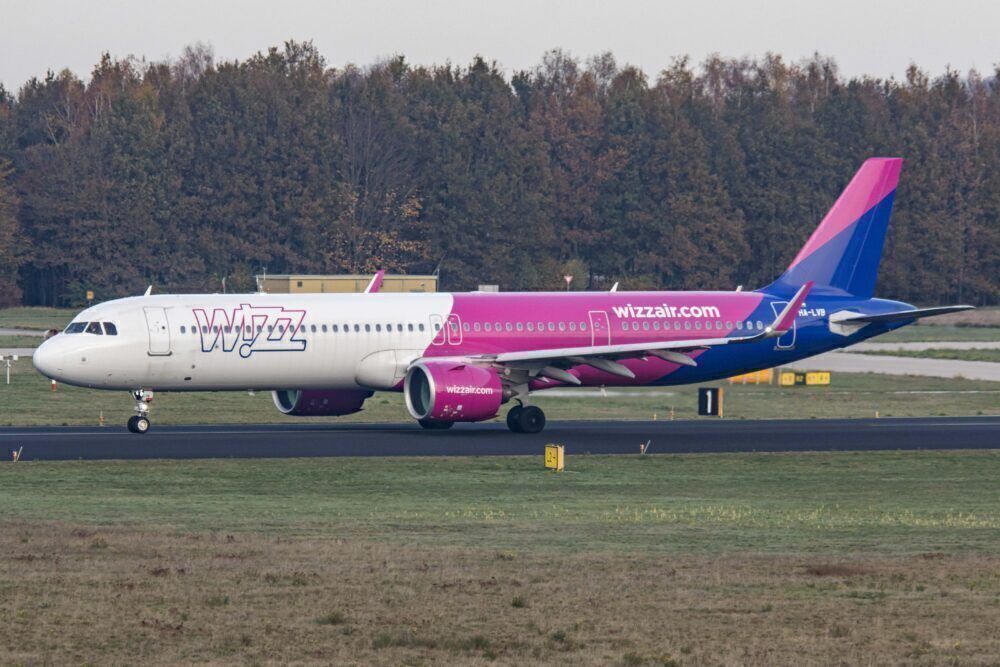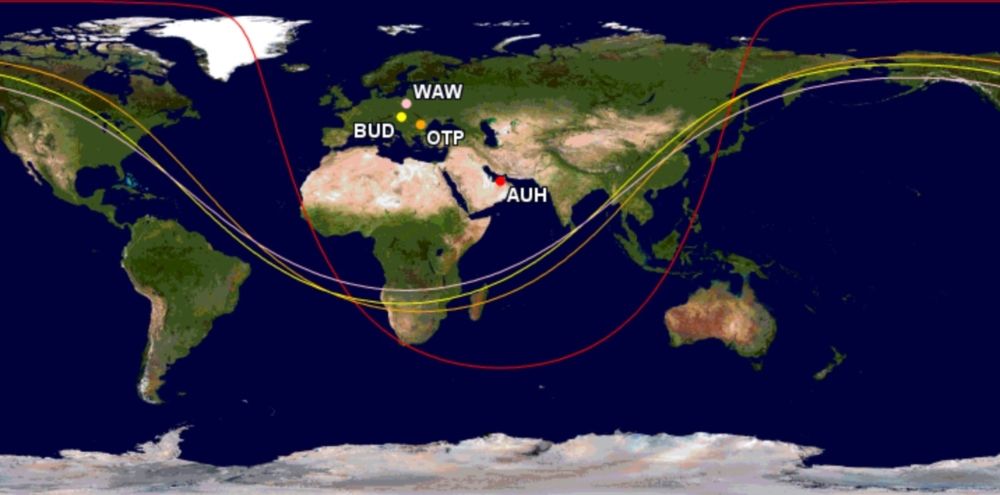Central and Eastern Europe is – and will always be – the heart of Wizz Air. It is its bread and butter. However, the carrier has regularly demonstrated the need to diversify where it flies to spread risk and for greater growth. This diversification will continue, including with the ultra-low-cost carrier's incoming A321XLRs.
Wizz Air has 20 A321XLRs coming
The Wizz Air Group currently comprises three units, each with its own air operator's certificate: the original Wizz Air Hungary and Wizz Air UK and Wizz Air Abu Dhabi. The primary reason: to avail of growth opportunities by meeting bilateral air service agreement requirements. Expect more subsidiaries in the next couple of years, perhaps in the Middle East.
Across the Group, there are 20 A321XLRs on order. Expected to enter service in 2023, we don't yet know for sure with which unit(s) the aircraft will be placed. And we won't know until much closer to the time.
Unlike the A321LR, the XLR longer-range variant is designed to do what the LR couldn't: be a genuine and real-world B757-200 replacement. Just more modern and fuel-efficient while flying a higher payload for longer.
While Airbus touts a range of up to 4,700 nautical miles, the real-world range of the aircraft will be notably lower than what is proposed, especially during winter and with a higher-density configuration. A rough range of up to around 4,000 nautical miles is likely.
Stay aware: Sign up for my weekly new routes newsletter.
Where might Wizz Air fly the A321XLR?
Speaking at World Routes, a 'speed-dating' event for airlines and airports, József Váradi, co-founder and CEO of Wizz Air, was categorical: "We'll go further east. We won't be going transatlantic."
Saying that the long-range variant will enable "greater penetration beyond what we can with the A321neo," we have to assume that Wizz Air will use the range of the XLR, or it'll be sub-optimally deployed and less effective economically. There would otherwise be no need for it. It'd add complication – something ULCCs seek to avoid – for no apparent reason.
The Group's carriers already have 16 routes over 2,000 nautical miles this winter, analyzing schedules from Cirium shows, including Abu Dhabi to Katowice, Dubai to Catania, and Warsaw to Fuerteventura.
Connecting the dots
Váradi also said that the XLR would be used to "join the dots," a crucial, cheaper, and easier way to grow. This, he said, will be within the current geography of the carrier, roughly from Iceland to Jordan and onto the UAE, and Morocco to northern Norway.
However, there are relatively few opportunities within that broad area that require the range of the XLR – except to the UAE or other countries nearby. While Wizz Air's long-term network planning revolves around "accessibility, regulations, and profitability," short-term is different, requiring "trial and error about where we can take advantage."
Likely to be used from Abu Dhabi or...
Reading between the lines, the XLR will likely be used from Abu Dhabi, Wizz Air's largest bases in Central and Eastern Europe, or from new bases coming in the next couple of years from new units being created.
Don't expect the variant to be used from Luton (Wizz Air's largest airport) at all. Neither will it fly from Abu Dhabi to India, as previously suggested, as even the longest route is shorter than the ULCC's current longest routes. Váradi partly acknowledged distance when he said:
"We'll learn from others who tried to conquer the world [with long-haul, low-cost] and didn't succeed."
Where would you like Wizz Air to use its XLRs? Let us know in the comments.




